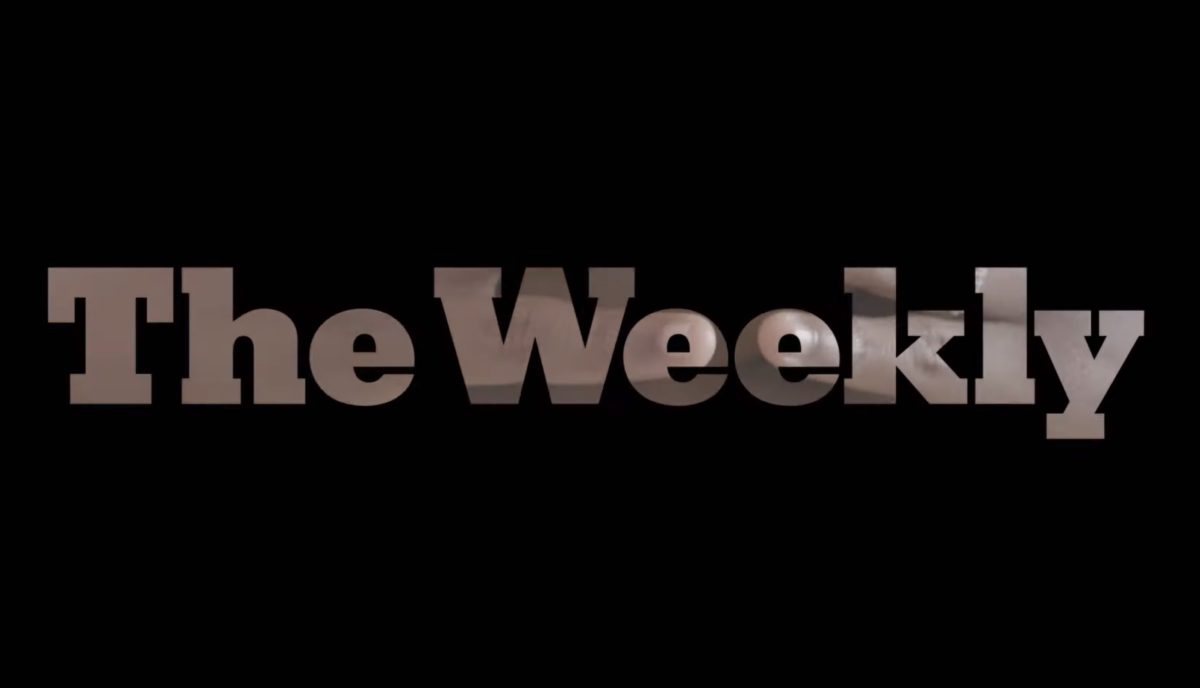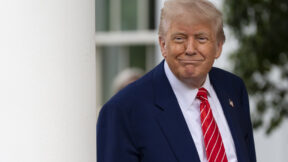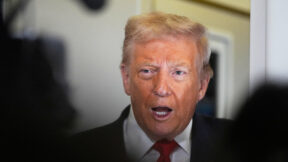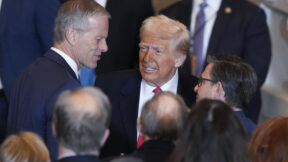NY Times’ Latest Television Foray The Weekly Shows Great Promise Despite Big Challenges
The New York Times re-enters the television racket this weekend with a new series — The Weekly — debuting on Sunday.
The half-hour documentary series is as faithful a televised representation of the Times’ world-class reporting, style and tone as one could imagine, and as result will earn raves from the paper’s loyal readers. But some significant challenges in translating newspaper reporting to the televised format raise real questions as to whether The Weekly will appeal to an audience beyond their subscription base.
I was fortunate to attend a preview screening of two episodes of The Weekly, which included a question and answer session that followed. It’s fair to say that the two episodes presented were thoroughly well-received by the audience of Times fanatics in attendance.
That said, The Weekly shows great promise for anyone interested in smart television that focuses on fascinating, unique and underreported stories.
The first episode (and series premiere) is a deep dive into the Louisiana-based private school T.M Landry, which has boasted a beyond-incredible track record for sending kids to Ivy League colleges (watch the trailer on YouTube.)
This episode documents a story that was published in November of last year, so anyone who has read the article knows how it turns out. But the inside look at how the story is reported — the twists, turns and struggles endured by its reporters — is thrilling and offers deeper context and insight into what goes into the journalistic process.
The second episode focuses on reports surrounding the vast amount of money — and reported corruption — donated to the Trump inauguration, which raised some $100 million.
This episode was a tour de force in post-production: the editing and expert use of broadcast graphics made for great storytelling, and brilliantly combined multiple pieces of reporting to form a compelling narrative. The episode featured Maggie Haberman telling the story off-camera. (As I told her in passing afterward: If the reporting thing doesn’t work out for her, she has a bright future doing voiceover work.)
Both episodes were entertaining for different reasons. Watching smart journalists doing the very hard work of reporting is a fascinating and authentic alternative to the dramatic reality programming so many television viewers have grown accustomed. And the compilation of a vast collection of reports on the Trump inauguration proved that the narrative sum was far greater than the individual story parts, which have a tendency to get lost in the news cycle.
According to Assistant Managing Editor and The Weekly EP Sam Dolnick, the goal of this television venture is to present a show that was not just faithful to the New York Times’ top-shelf standards but to produce a show their staff can be proud of. By first glance, those goals seem to have been achieved.
But there are some significant challenges to this programming format, which is loosely based on Michael Barbaro’s wildly successful Times podcast The Daily. At the very least, the lessons learned from The Daily — and it’s succinct and relatable presentation of complicated topics — have been smartly applied here.
First, the tone and style of the show are very much on brand for the Times … but almost too on the nose. Yes, there is the terrific writing, gorgeous visuals and world-class photography one comes to expect from the Times. But if there were a line that separated a familiar feel and a cloying New York Times self-parody, The Weekly gets right up to the line. Thankfully, it doesn’t cross it.
The biggest challenge is the dangerous and very meta trap presented by sharing the stories of how stories get reported.
In the T.M. Landry episode, the kids, the school and conflict between the two is the story. There is a very compelling moment, however, in which the Times writers are faced with how their reporting will affect their subjects in very real consequences. It’s a great insight into the real-life impact of journalism, but at that moment, the reporters themselves become the focus of the story. It felt a little weird. Fortunately, producers choose not to linger too long on that moment, but therein lies the rub.
The framing of reporters — many of whom would rather remain known only by their byline — as heroes struggling with journalist ethics can be tricky. It feels self-serving, and while both episodes did a good job of avoiding that trap, it’s one that producers will need to keep a close eye on for the show to avoid growing tiresome.
Another measure of success by the Times’ adventure into a new medium? Reclaiming the stature of their reporters — and journalism in general — in a nation where too many individuals don’t know what journalists truly do, and as a result, hold the media in contempt. Viewers can witness first-hand the hard work and very high ethical standards to which these reporters hold themselves, proving to some that they are not, in fact, enemies of the people. What better way to demystify that claim than to put out a TV show that tracks reporters in their work?
All in all, the producers of The Weekly deserve to be very proud of this entree. And in the interest of improving the overall quality of television programming, we should all hope that The Weekly succeeds. FX executives deserve great credit for giving this show a shot.
Let’s hope it fulfills the promise of its’ first two episodes.
The Weekly debuts June 2nd at 8 p.m. on FX. It’s available for streaming June 3rd on Hulu.
This is an opinion piece. The views expressed in this article are those of just the author.





